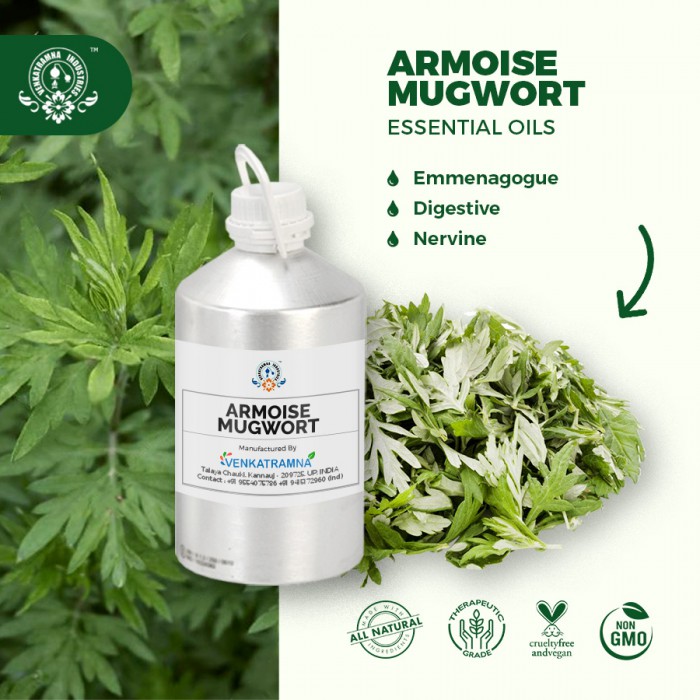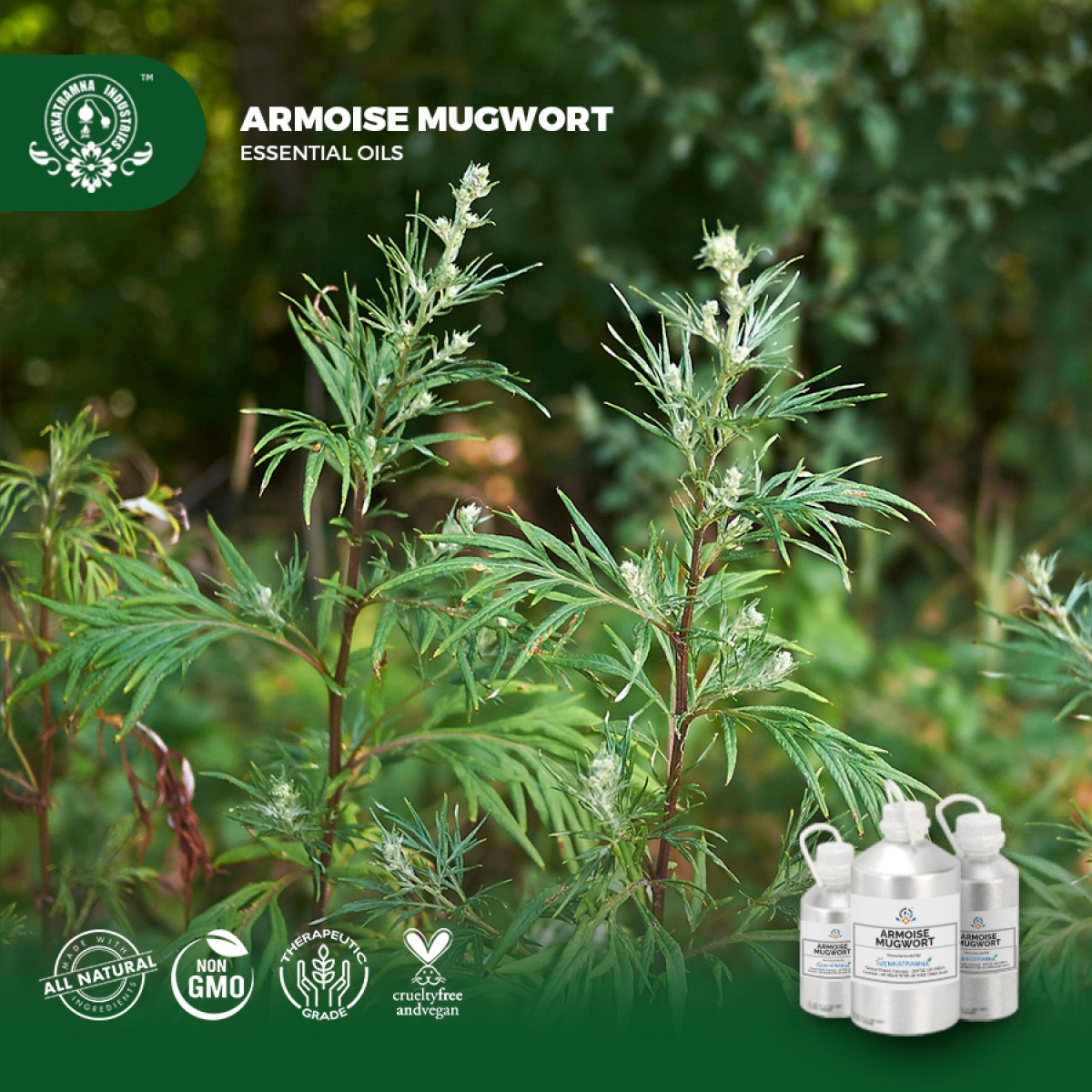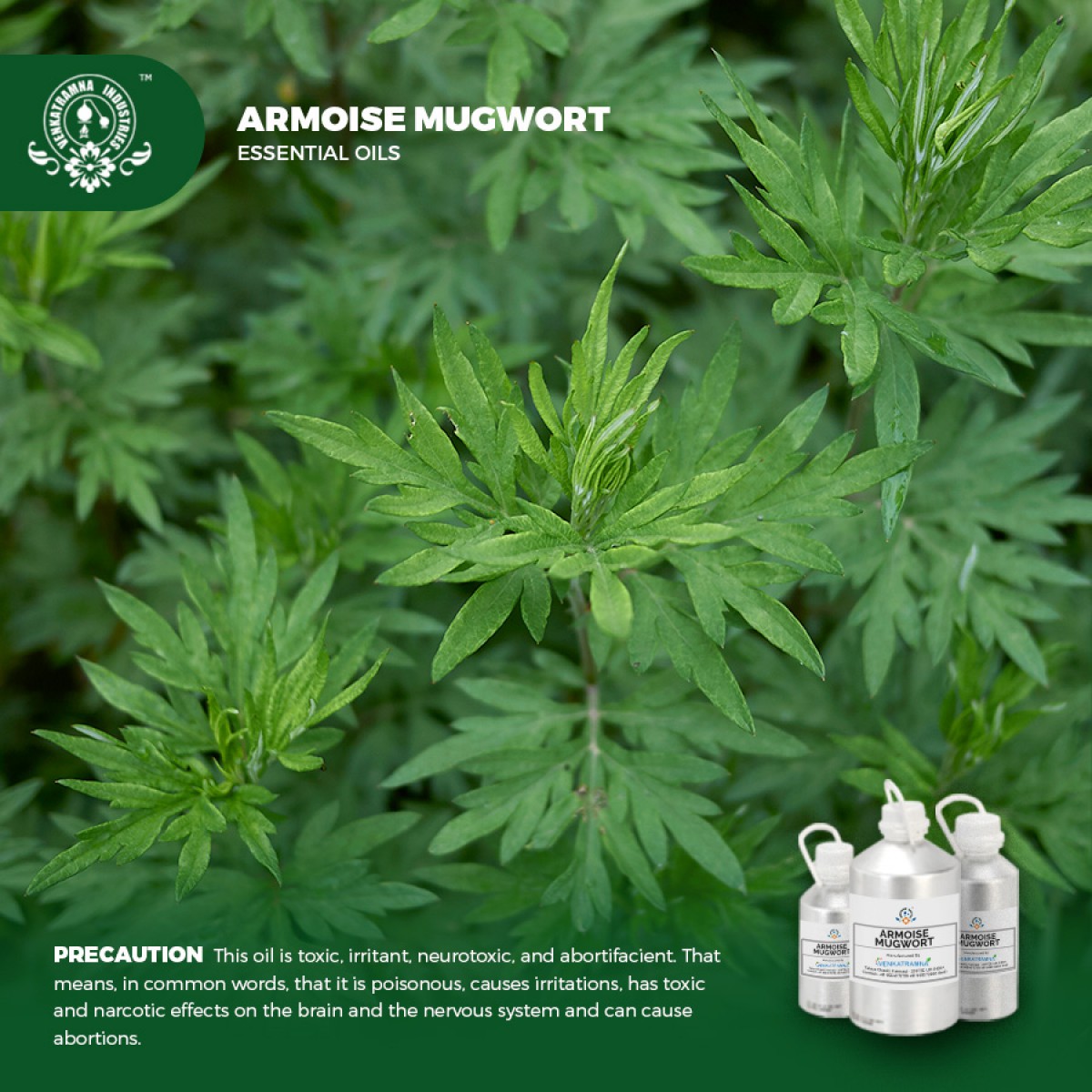Botanical Name: Artemisia Alba Common name: Dry steppes, White wormwood Read More
Botanical Name: |
Artemisia Alba |
|
Common name: |
Dry steppes, White wormwood |
|
Plant family: |
Asteraceae |
|
Genus: |
Artemisia |
|
Appearance/Color: |
A thin, pale to dark yellow liquid. |
|
Odor: |
fresh- camphoraceous, somewhat green and bittersweet scent that
offers a strong middle note. |
|
Blends With: |
Patchouli, Lavender, Rosemary, Pine, Clary Sage and
Cedarwood. |
|
Origin |
India |
Artemisia herba-alba is a short
shrub usually found in Northern Africa and the Middle East. The parts
that grow above the ground are used as medicine.
Artemisia, one of the larger
genera in the family Asteraceae and the largest genus in the tribe Anthemideae,
comprises from 200 to more than 500 taxa at the specific or subspecific level.
Many Artemisia species have a high economic value in several fields, as food
plants and as antihelminthic and antimalaria in medicine. Artemisia herba-alba
was known for its therapeutic and medicinal properties, it was used in both
traditional and modern medicine. Several papers have been published on the
chemical composition of specimens of A. herba-alba. The focus will be on the
chemical constitutions which have been identified from this species, in
addition to all of the reported biological activites of this species have been
included as well as the pharmacology and toxicology.
People take Artemisia herba-alba for cough, stomach and intestinal upset, the common cold, measles, diabetes, yellowed skin (jaundice), anxiety, irregular heartbeat, and muscle weakness. It is also used for parasitic infections such as roundworms, pinworms, tapeworms, hookworms, and flukes.
The complete range of conditions
or methods of use are beyond our control therefore we do not assume any
responsibility and expressly disclaim any liability for any use of this
product. Information contained herein is believed to be true and accurate however,
all statements or suggestions are made without warranty, expressed or implied,
regarding accuracy of the information, the hazards connected with the use of
the material or the results to be obtained from the use thereof. Compliance
with all applicable federal, state, and local laws and local regulations
remains the responsibility of the user.
The FDA has not evaluated the
statements on this website. No claims are made by Venkatramna Industries as to
the medicinal value of any products from vriaroma.com or by us. The information
presented here is for educating our customers about the traditional uses of
essential oils and is not intended to diagnose, treat, cure, or prevent any
disease. You are responsible for understanding the safe application of these products.
If you have any questions, please call or email us for further information.
As per NAHA guidelines, New Directions Aromatics (NDA) does not recommend the ingestion of essential oils. It is imperative to consult a medical practitioner before using Essential Oils for therapeutic purposes. Pregnant and nursing women and those taking prescription drugs are especially advised not to use this product without the medical advice of a physician. The oil should always be stored in an area that is inaccessible to children, especially those under the age of 7.
The plant is harvested from the
wild for local use as a medicine and fuel. The plant is sold in local markets
for medicinal use. Artemisia herba-alba is a popular herbal treatment in N.
Africa, where it is a remedy for all kinds of ailments. The plant is considered
to be carminative, cholagogue, depurative, diuretic, emmenagogue, sedative,
stomachic, tonic and vermifug. It is used in the treatment of conditions such
as diabetes, coughs and colds, lung problems, diarrhoea, vomiting, flatulence,
fever, measles, jaundice, poisoning, cardiac arrhythmia, and muscle weakness It
is also used for treating parasitic infections such as roundworms, pinworms,
tapeworms, hookworms, and flukes.
The Plant has several medicinal
benefits, the plant parts are individually collected and processed for
extraction of different pharmaceutical ingeredients.
·
The plant is burnt, and the fumes inhaled, as a
treatment for coughs, chest, stomach and muscular pains.
·
The plant is crushed and applied to the hair to
strengthen it and prevent hair loss. The crushed plant is also applied to cuts
and various skin disorders. The macerated leaves, combined with olive oil, is
applied to the skin to treat lesions. The leaves and stem contain an esential
oil with irregular monoterpene alcohols; the sesquiterpene lactone santolin;
herbolides A, B and C; thymol;
The leaves contain non-glycosidic flavonoids.
·
Preliminary evidence suggests that taking a
water extract of the herb might reduce fasting and postprandial blood sugar in
some patients with type 2 diabetes Preliminary evidence suggests that taking a
water extract of the herb might reduce symptoms and cure pinworm infections in
adults and children after 3 days of treatment.
·
An essential oil extract from aerial plant parts
also appears to have antibacterial activity against some Gram positive and Gram
negative bacteria in vitro. Santolina alcohol constituent in the essential oil
appears to be responsible for this antibacterial activity.
·
A water extract of Artemisia herba-alba aerial parts and root appears to have a
variety of pharmacological effects. It appears to affect blood glucose levels,
lowering it in cases of diabetes.
·
Artemisia herba-alba water extract also appears to have an analgesic and anti-inflammatory
effects; plus a weak antibacterial activity
·
Anti-epileptic and anti-hysteric
·
Emmenagogue
·
Cordial
·
Digestive
·
Diuretic
·
Nervine
·
Stimulant
·
Uterine
·
Vermifuge
·
Cautions
·
Vermifuge
|
S.No |
Key Constituents |
Strength (%) |
|
1 |
a-Thujone/camphor CT camphor |
34.0-55.0 |
|
2 |
a-Thujone |
25.7-36.8 |
|
3 |
b-Thujone |
2.0-9.0 |
|
4 |
Camphene |
0.5-9.0 |
|
5 |
1,8- cineole |
1.5-8.0 |
|
6 |
Pinocarvone |
0.5-1.7 |
|
7 |
Santolinyl acetate |
0.4-1.4 |
|
8 |
Artemisia alcohol |
0.3-1.2 |
|
9 |
Yomogi alcohol |
0.6-1.1 |
|
10 |
p-Cymene |
0.1-1.1 |
|
11 |
Borneol |
0.5-1.0 |
|
12 |
Bornyl acetate |
0.3-1.0 |
·
Hazardous: Expected to be neurotoxic,
based on camphor and thujone content.
·
Contraindications Should not be taken in
oral doses.
·
Contraindications (all routes) Pregnancy,
breastfeeding.
·
Maximum dermal use level (oil or absolute)
0.25%.
·
Delayed and immediate effects and also
chronic effects from short-term and long-term exposure : Exposure to vapors from this solvent in
excess of the stated occupational exposure limit may result in adverse health
effects such as mucous membrane and respiratory system irritation and adverse
effects on kidney, liver, and central nervous system. Repeated or prolonged
contact with the substance may cause removal of natural oil from the skin,
resulting in non-allergic contact dermatitis and absorption through the skin.
Splashes in the eyes may cause irritation and reversible damage.
·
Adverse skin reaction undiluted white wormwood
oil was slightly irritating to the skin of rabbits and guinea pigs, but was not
irritating to mice, tested at 12% on 25 volunteers it was neither irritating
nor sensitive. It is non- phototoxic.
·
Neurotoxicity no information found. There is a
risk of conservations with moderately high doses of thujone. The thujone NOAEL
for convulsions was reported to be 10mg/kg in male rats and 5mg/kg in females.
·
Acute toxicity: white wormwood acute oral LD50
in mice 370mg/kg; acute dermal LD50 in guinea pigs>5 g/kg.
·
Carcinogenic/anticarcinogenic potential white
wormwood oil is reported to be non- genotoxic and antigenotoxic. The oil
contains no known carcinogens.
·
Info summery of Ecological Information Balance
of data on substance, not determined.
·
Eco toxicological properties of specific
substances
Toxicity Acute fish toxicity: LC50 / 96 HOUR – No data
available
Toxicity to aquatic plants – No data available
Toxicity to microorganisms – No data available
Toxicity threshold – No data available
·
Persistence and degradability Biodegradation is
expected
·
Bio-accumulative potential Bioaccumulation is
unlikely





 MSDS-Armoise.pdf
MSDS-Armoise.pdf




